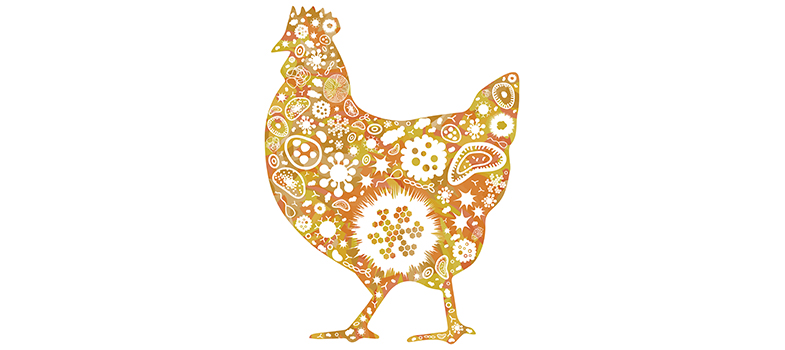1.1.2 Non-therapeutic uses of antimicrobials in animals
‘Non-therapeutic use means the administration of antimicrobial agents to animals for any purpose other than to treat, control or prevent infectious disease’
It is well established that antimicrobials contribute to the rapid production of food animals. For this reason, farmers may want to use antimicrobials for non-therapeutic purposes. The most common non-therapeutic uses of antimicrobials are to promote growth and increase feed efficiency. Another example of non-therapeutic use of antimicrobials is
You may have noticed from Table 1 that the OIE defines ‘prevention’ as a therapeutic use. The inclusion of ‘prevention’ in therapeutic uses is contentious among public health groups. This is because many groups, including the WHO, view prevention as a non-therapeutic use of antimicrobials (WHO, 2017b). The practice is seen as a poor substitute for good husbandry, hygiene, and biosecurity on farms. There is also a strong belief in scientifically informed circles that antimicrobial use for the prevention of diseases is unnecessary and increases the burden of AMR in animal populations. For those working in animal health, prevention is seen as important for animal health and welfare: in other words, ‘prevention is better than cure’ and thus, we have an apparent contradiction.
According to the OIE, the use of antimicrobials for preventative purposes should only be done under veterinary supervision (OIE, 2019). However, this is not always possible in LMICs, where there is often widespread access to antimicrobials from non-veterinary suppliers such as agrovet stores without a prescription.
1.1.1 Therapeutic uses of antimicrobials in animals



